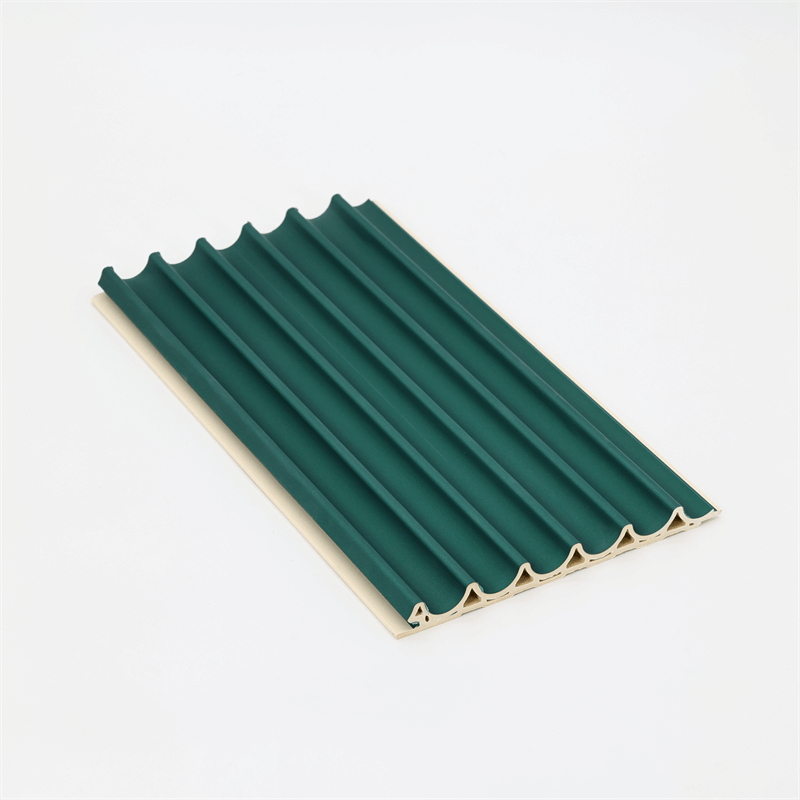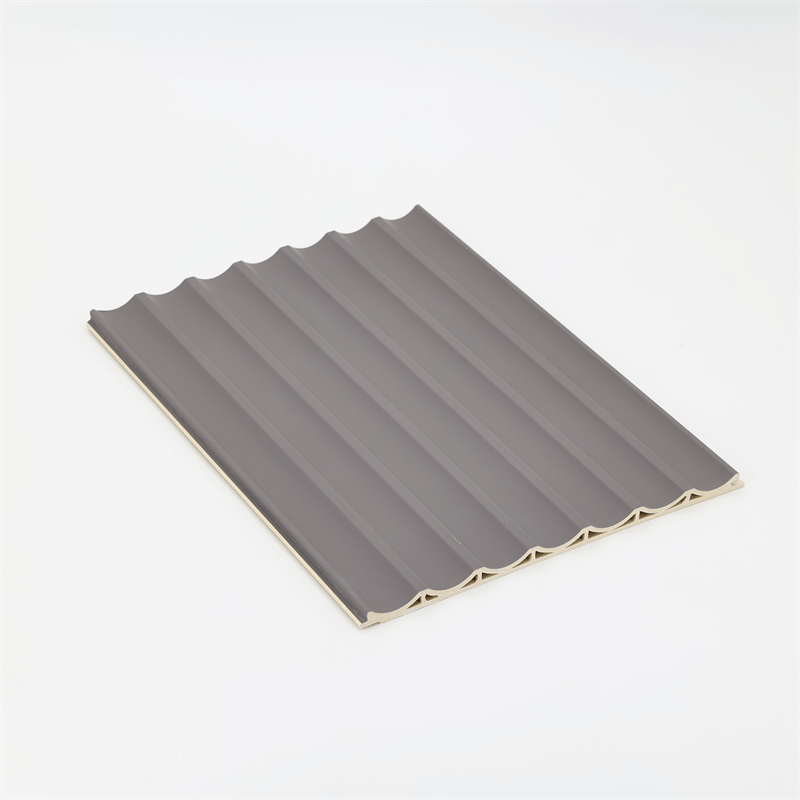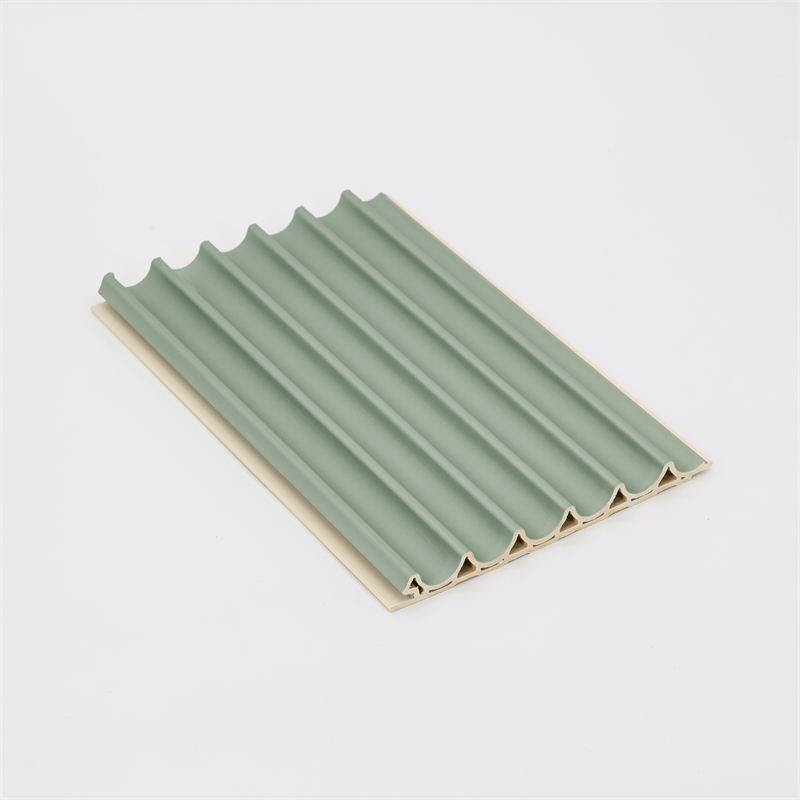Creating conducive and inspiring learning environments is crucial for educational facilities.
The design and materials used within these spaces have a significant impact on students’ engagement and overall learning experience.
Wood-Plastic Composite (WPC) wall panels have emerged as a popular choice for enhancing educational facilities, providing a combination of aesthetic appeal, functionality, durability, and sustainability.
This essay explores the benefits of using WPC wall panels in educational facilities, focusing on their impact on aesthetics, acoustic properties, durability, and environmental responsibility.
I. Aesthetics and Visual Appeal:
The aesthetics of educational facilities play a crucial role in creating a positive and engaging learning environment.
WPC wall panels offer a visually appealing solution that can transform the appearance of classrooms, corridors, and common areas.
With their natural wood-like appearance, these panels add warmth, texture, and a sense of elegance to educational spaces.
WPC panels are available in various colors, finishes, and patterns, allowing for customization to match the desired design concept or school branding.
By incorporating WPC wall panels as accent walls, display areas, or decorative elements, educational facilities can create visually stimulating environments that inspire creativity, curiosity, and a sense of pride among students and faculty.
The use of vibrant colors or calming tones can help create different atmospheres based on the intended purpose of the space, enhancing the overall learning experience.
II. Acoustic Properties and Noise Reduction:
Acoustic comfort is essential in educational facilities, as excessive noise can hinder concentration and learning.
WPC wall panels contribute to a favorable acoustic environment by absorbing sound and reducing echoes within classrooms and common areas.
The composition of WPC panels, with a blend of wood fibers and plastic, allows for effective sound absorption, creating a quieter and more focused learning atmosphere.
By incorporating WPC wall panels, educational facilities can minimize noise distractions, improve speech intelligibility, and enhance overall acoustic comfort for students and educators.
This is particularly important in classrooms, lecture halls, and study areas where clear communication and concentration are crucial.
III. Durability and Low Maintenance:
Educational facilities experience high traffic and constant use, necessitating materials that can withstand wear and tear.
WPC wall panels offer excellent durability and low maintenance, making them an ideal choice for educational environments.
WPC panels are highly resistant to impact, scratches, and stains, ensuring their longevity even in busy educational settings.
They are also easy to clean and maintain, requiring minimal effort and resources to keep them looking pristine.
With WPC wall panels, educational facilities can save time and money on repairs and maintenance, allowing more focus on providing quality education.
This durability makes them suitable for high-traffic areas such as corridors, cafeterias, and gyms, where frequent contact and potential damage are common.
IV. Environmental Responsibility and Sustainability:
Promoting environmental responsibility and sustainability is essential in educational settings, as they serve as places of learning and knowledge dissemination.
WPC wall panels align with these values by offering a sustainable material option.
WPC panels are made from recycled wood fibers and plastic, reducing the reliance on virgin materials and diverting waste from landfills.
By incorporating WPC wall panels, educational facilities can demonstrate their commitment to sustainable practices and educate students on the importance of environmental stewardship.
This serves as a valuable lesson and example for students, showcasing the importance of using eco-friendly materials and minimizing their environmental footprint.
Furthermore, the production of WPC panels consumes less energy compared to traditional building materials, contributing to reduced carbon emissions.
WPC panels can also be recycled at the end of their lifespan, promoting a more circular approach to material use and waste reduction.
By incorporating WPC wall panels, educational facilities contribute to a more sustainable future and set an example for students to follow.
Incorporating WPC wall panels in educational facilities offers numerous benefits, enhancing learning environments and promoting sustainability.
These panels contribute to the aesthetic appeal of educational spaces, creating visually stimulating environments that inspire and engage students.
The acoustic properties of WPC panels improve the acoustic comfort within classrooms and common areas, facilitating better focus and concentration.
The durability and low maintenance requirements of WPC wall panels ensure their longevity in high-traffic educational settings, saving time and resources.
Moreover, the use of recycled materials and the ability to recycle WPC panels at the end of their lifespan contribute to environmental responsibility.
By embracing the advantages of WPC wall panels, educational facilities can create learning environments that foster creativity, collaboration, and a sense of pride.
The integration of WPC panels reflects a commitment to providing students with quality education in aesthetically pleasing and sustainable spaces.
These spaces not only enhance the learning experience but also instill in students the importance of environmental responsibility and sustainable practices.

In conclusion, the integration of WPC wall panels in educational facilities offers a multitude of benefits that contribute to creating enhanced learning environments.
By focusing on aesthetics, acoustic properties, durability, and environmental responsibility, these panels prove to be a valuable asset for educational institutions.
The visual appeal of WPC wall panels adds a touch of elegance and warmth to educational spaces, fostering a positive and engaging atmosphere.
Customizable options allow for the incorporation of school branding and design concepts, creating a sense of identity and pride among students and faculty.
The acoustic properties of WPC panels play a vital role in creating a conducive learning environment by minimizing noise distractions and improving speech intelligibility.
Students can concentrate better, and educators can communicate more effectively, resulting in an enhanced learning experience.
The durability and low maintenance requirements of WPC wall panels make them ideal for educational facilities that experience high traffic and constant use.
With their resistance to impact, scratches, and stains, these panels can withstand the demands of busy environments, reducing the need for frequent repairs and maintenance.
This, in turn, allows educational institutions to allocate more resources towards providing quality education.
Moreover, the use of WPC wall panels demonstrates a commitment to environmental responsibility and sustainability.
By utilizing recycled materials and promoting waste reduction, educational facilities set an example for students, encouraging them to be conscious of their environmental footprint and practice eco-friendly habits.
Incorporating WPC wall panels in educational facility design not only enhances the physical space but also promotes a holistic approach to education.
Students are exposed to aesthetically pleasing and functional environments that foster creativity, collaboration, and a sense of pride in their learning spaces.
Furthermore, the emphasis on sustainability instills in students the importance of environmental stewardship, encouraging them to become responsible global citizens.
In conclusion, WPC wall panels are an invaluable addition to educational facilities, enhancing the learning environment through their aesthetics, acoustic properties, durability, and sustainability.
By embracing these panels, educational institutions can create spaces that inspire and engage students while promoting environmental consciousness.
Ultimately, the integration of WPC wall panels contributes to the holistic development of students and the creation of educational environments that nurture growth and success.


